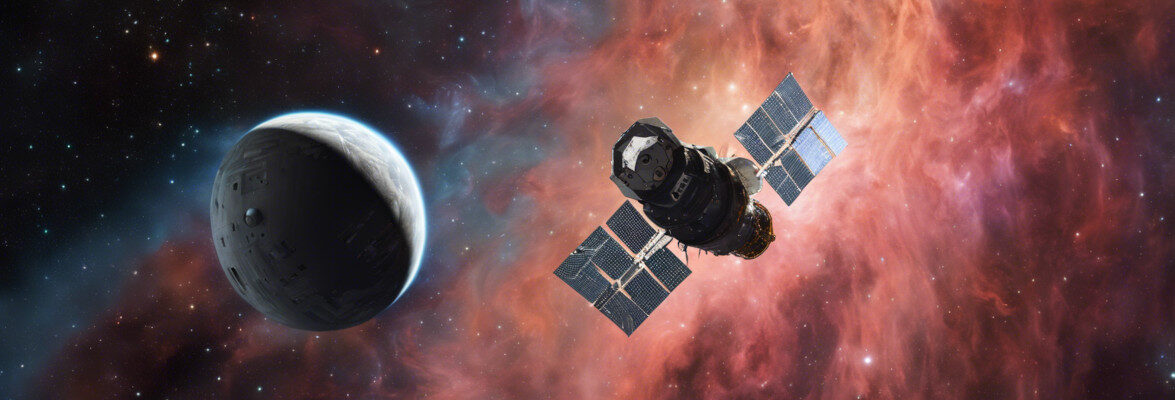
An article in the journal “Nature” describes a research about the planet GJ 436b, whose mass is similar to that of Neptune. Using the Hubble Space Telescope, a team of astronomers led by David Ehrenreich of the Observatory of the University of Geneva in Switzerland discovered that it leaves behind a huge tail of the estimated size of about 50 times that of the star it orbits. Those are hydrogen emissions ripped from the planet which make it looke like a huge comet.
The star GJ 436, or Gliese 436, is a red dwarf about 33 light years away from Earth whose size and mass are less than half of the Sun. The planet GJ 436b was discovered in 2004 and is so far the only confirmed in that solar system, although over the years a number of observations have made astronomers think that there might be others.
The planet GJ 436b is the first of the hot Neptune kind discovered. It’s a type of planet similar in size to Uranus and Neptune but close to its star. In the case of GJ 436b, the distance is only about 3 million kilometers (a bit less than 2 million miles) with an orbital period of just over two and a half days.
Because of its characteristics, over the years the planet GJ 436b has been studied with various telescopes discovering some curious features. Less than two years ago, a study conducted using the Hubble Space Telescope led to the conclusion that it’s shrouded by clouds. They, according to another study conducted with the Spitzer Space Telescope, are composed mainly of helium.
Now a new research using the Hubble Space Telescope taking advantage of its ability to see in the ultraviolet specturm allowed to see the traces of the tail from the planet GJ 436b, undetectable in visible light. The X-rays emitted by the nearby star can rip hydrogen from the planet’s atmosphere, creating a tail that makes it seem a huge comet.
Despite its size, the tail of the planet GJ 436b has a mass relatively limited because its density is very low. This means that GJ 436b has lost only a small part of its atmosphere – maybe about 10% – although its age is estimated at least 6.5 billion years.
This discovery may offer clues to the evolution of this type of planets. GJ 436b keeps on being similar to Neptune but it’s possible that in other cases most of the atmosphere has been lost and they have become rocky planets like the Earth. For this reason, the research on planets of this type continue.
[ad name=”eBayUSUKNASA”]


Permalink